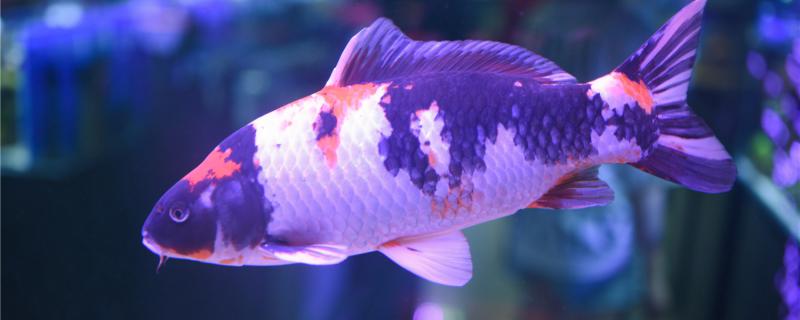
or not? Koi will not be pregnant because they are oviparous fish. Oviparous fish means that the female lays the mature eggs directly in the water, and the male needs to discharge the semen in the water at the same time to develop into fertilized eggs. Although more fish eggs are produced, few small fish are successfully hatched. If the breeder finds that the belly of the koi becomes bigger or the appetite is poor, it may be to lay eggs, it is better to put the male and female together in advance, and if conditions permit, artificial breeding can be chosen.
? Koi is an oviparous fish. Generally, it will breed by itself in the breeding season. Breeders can select the parent fish to be bred in advance and match them according to the ratio of 1:1. After choosing the parent fish, we can decide whether it is artificial breeding or natural breeding according to the number.
1. Artificial propagation: If there are not many parent fish, artificial propagation can be used, because the fertilization rate of artificially propagated fish eggs is relatively high, and the hatching rate is relatively high. First, fish out the breeding female fish, hold the female fish in the left hand, gently press the abdomen with the thumb of the right hand, and the light yellow eggs will be discharged from the anus. At this time, fish out the male fish as soon as possible, squeeze out the semen in the same way, and mix it gently with feathers or brushes. After about 15 minutes, it can be poured into the fish nest.
2. Natural breeding: If the number is relatively large, natural breeding can be chosen. First, put a bunch of Pteris multifida in the breeding tank, so that the eggs have a place to attach. After spawning, the female fish is quickly fished out, at which time a male fish is required to immediately follow the discharge of sperm. If it is not released, it will not become a fertilized egg. Therefore, the fertilization rate of natural reproduction is lower than that of artificial reproduction.